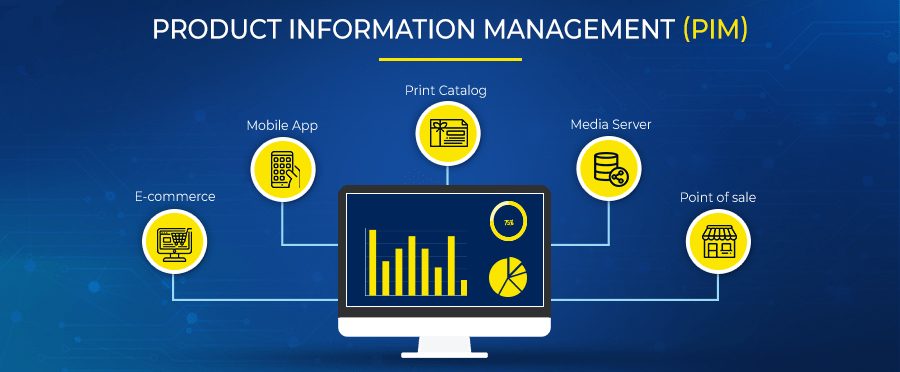High-tech companies today are constantly racing to bring new products to market. Be it the latest smartphone, a cutting-edge smart home device, or a revolutionary piece of software, speed is everything. But launching products quickly isn’t just about having a great idea or a talented team. It’s also about managing the mountains of information that go into every product. This is where product information management (PIM) comes in, and more specifically, cloud-based product information management software. This article breaks down why these tools are important for high-tech companies looking to launch products faster and stay ahead of the competition.
What is Product Information Management?
Imagine you’re launching a new gadget. You need to keep track of everything about it: its name, description, features, technical specifications, pricing, images, videos, and more. Now, multiply that by dozens or even hundreds of products, and you’ve got a lot of information to handle. PIM is organizing, storing, and managing all this data in one place so it’s easy to access, update, and share.
Without a good system in place, things can get messy fast. Spreadsheets might work for a while, but as your company grows, they become a nightmare. Information gets lost, mistakes happen, and teams waste time searching for the right data. This is where product information management software steps in to save the day.
Why Cloud-Based PIM is Important
A cloud-based system means the software and all your product data are stored online, not on a single computer or server. Here’s why it’s so important:
Accessibility: With a cloud-based PIM, your team can access product information from anywhere, at any time. Whether they’re in the office, working from home, or on the go, they can log in and get the data they need. This is especially important for high-tech companies with teams spread across different locations or even different countries.
Collaboration: Launching a product involves many people, from engineers, marketers, sales teams, and more. A cloud-based PIM lets everyone work together in real-time. For example, the marketing team can update product descriptions while the sales team adds pricing information, all without stepping on each other’s toes.
Scalability: High-tech companies often deal with huge amounts of data. A cloud-based system can grow with your business, handling more products, information, and users without slowing down.
Speed: When all your product information is organized and easy to access, you can launch products faster. You won’t waste time searching for files or fixing errors. Everything is right where you need it, ready to go.
How PIM Helps High-Tech Companies Launch Products Faster
- Centralized Data
With a cloud-based system, all product details are stored in one place. Teams no longer need to search through emails, spreadsheets, or multiple databases to find the right information. Any updates made to product data are instantly available to all teams. This prevents errors and ensures everyone is working with the latest version of the product information.
- Automated Updates
High-tech products often go through many changes before they’re ready to launch. Features get added, specifications get updated, and prices might change. With a PIM, you can automate these updates so that every team has the latest information. No more sending emails back and forth to make sure everyone is on the same page.
- Faster Time-to-Market
Time is money, especially in the tech world. The faster you can launch a product, the sooner you can start selling it. A PIM streamlines the entire process, from creating product descriptions to publishing them on your website or sending them to retailers. This means you can get your product in front of customers faster than ever before.
- Better Customer Experience
When you launch a product quickly, you also need to make sure customers have all the information they need to make a purchase. A PIM ensures that your product listings are accurate, complete, and consistent across all channels. This builds trust with your customers and makes them more likely to buy.
Conclusion
In the high-tech world, speed and accuracy are everything. A cloud-based PIM system is not just a nice-to-have, it’s a must-have for companies that want to launch products faster and stay competitive. Product information management software helps high-tech companies streamline their processes and get products to market in record time by centralizing data, enabling real-time collaboration, and automating updates.












